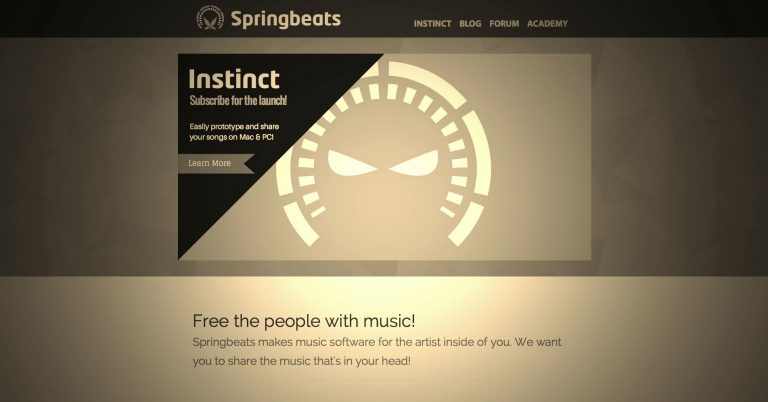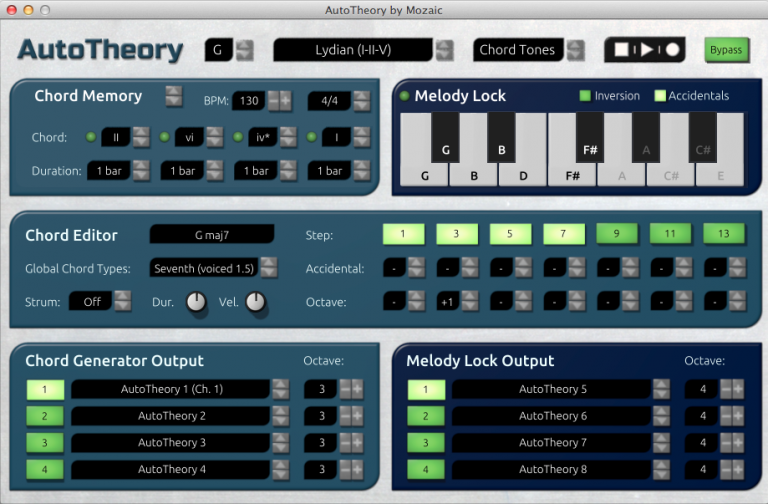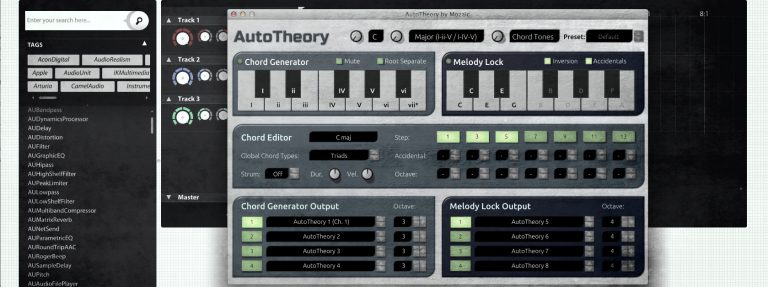The “Siestes Electroniques” music festival took place last weekend in our hometown of Toulouse. During 4 days, thousands of people come to chill to the sound of electronic bands, in a park of the city center. What interested us even more than drinking while laying down in the grass like roman emperors, were the “Futurism” events happening aside from the stages. It gathered hundreds of curious amateurs of professionals around a few presentations, workshops and demonstrations. Among other activities, you could make music with complete strangers through a collaborative music totem, solder synth kits, learn how to make your own instruments, how to mix, learn about the work of the professionals and artists of the area, and finally, take part to our now regular Audio Meetup. Here is a great video tour of what happened there by Cristian Díaz Briceño (you can even see our handsome silhouettes listening very carefully at one point 😉 ): There are more photos to see on the Futurism Facebook Page. In my opinion, one of the most interesting thing to witness was how curious the public was to all this music and technology mashup. Kids were playing with the “draw-your-vinyl” installation or the music totem, and adults were really keen to know how to DIY. It also showed the public that we have great products made in Toulouse, such as the Pianoteq plugin, or the AudioGaming products. One presentation featured the founders of the local Toulouse Fablab (the first in the country!) and the London Music Hackspace. I really hope that collaborations will emerge and that we will witness the birth of the “Toulouse Music Hackspace”!





